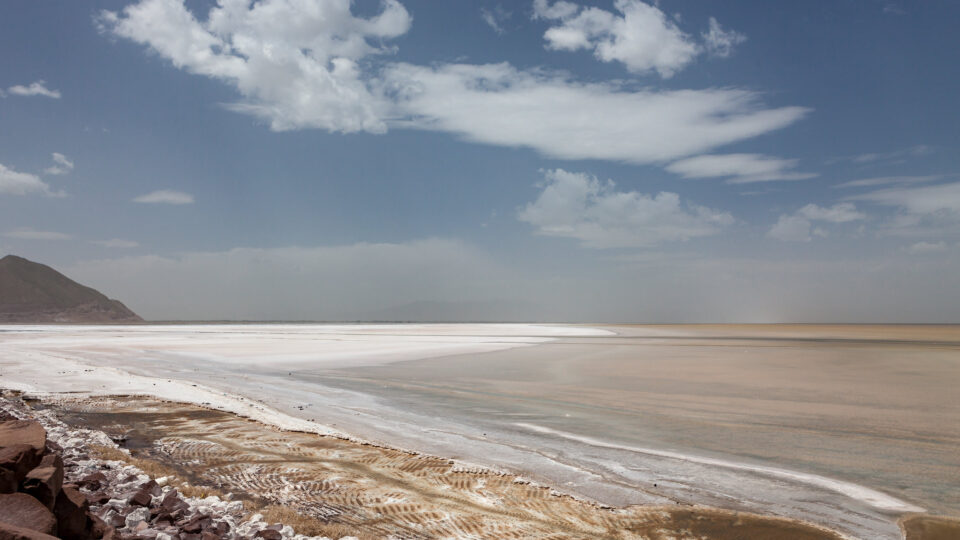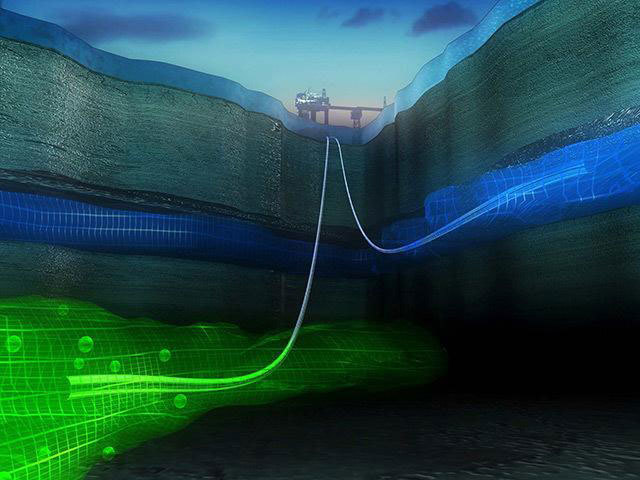Groundwater is the water found underground in the cracks and spaces in soil, sand, and rock. It is held in aquifers and bubbles up naturally into springs, streams, and rivers, but also is pumped out for use by people. Groundwater provides almost half the drinking water in the U.S. and is a main source of water for agriculture.
The world’s supply of groundwater is steadily declining. The combination of climate change and human population growth is increasingly diminishing groundwater.
A study by the Desert Research Institute published in the journal Nature Communications has mapped the global permanent loss of aquifer storage capacity for the first time. Computer modeling with advanced machine learning techniques has provided a detailed picture of the world’s groundwater situation.
The study found that global aquifer storage capacity is disappearing at a rate of 10 miles a year, about the size of 7,000 Great Pyramids of Giza. The loss of groundwater storage is permanent, forever reducing the amount of water that can be captured and stored because the pumping of groundwater can cause the ground surface above to sink, collapsing the space where water can be stored.
About 75% of this subsidence is occurring over cropland and urban regions. The United States, China, and Iran account for most of the global groundwater storage loss but many other places in the Middle East and Asia are experiencing significant groundwater withdrawal as well.
Most regions of the world do not have monitoring programs for groundwater pumping. The study underscores the need to better understand this issue on a global scale and take appropriate action before it is too late.
**********
Web Links
Scientists Map Loss of Groundwater Storage Around the World
Photo, posted August 7, 2015, courtesy of NRCS Oregon via Flickr.
Earth Wise is a production of WAMC Northeast Public Radio



